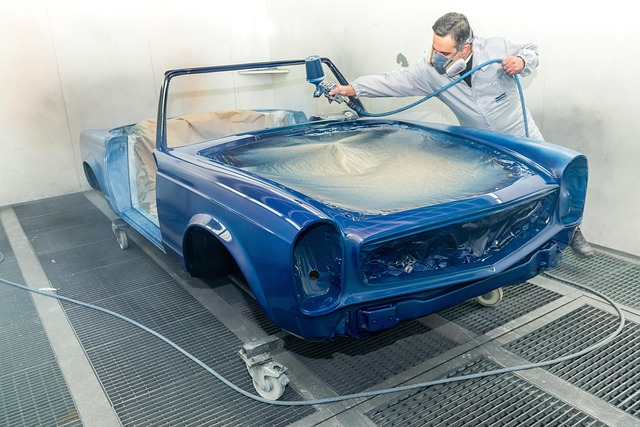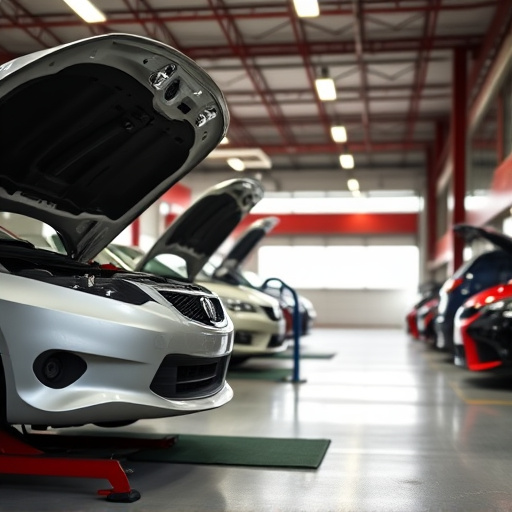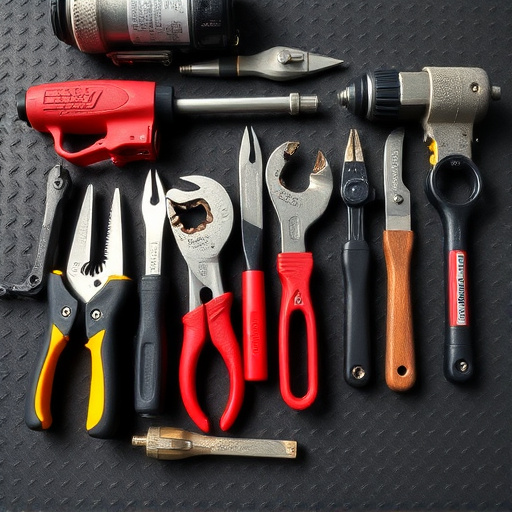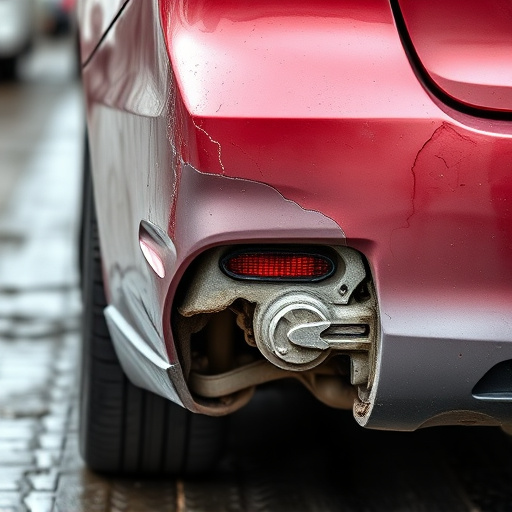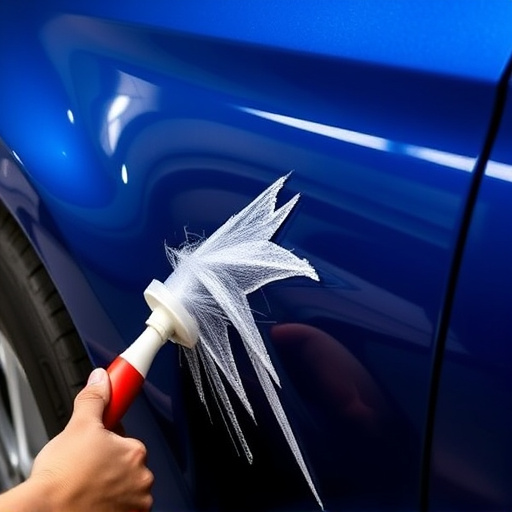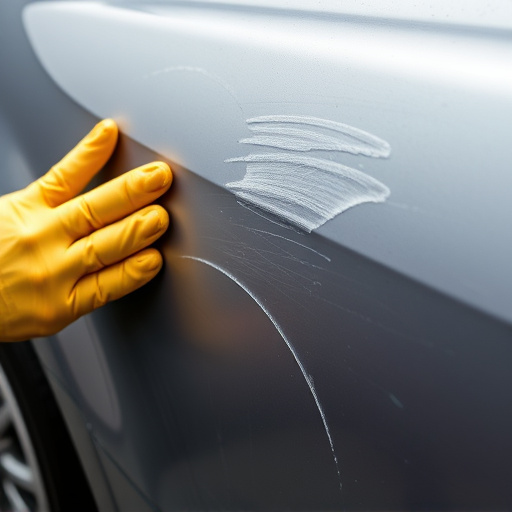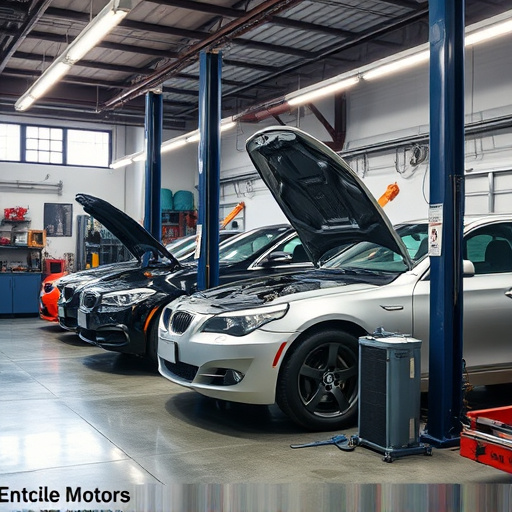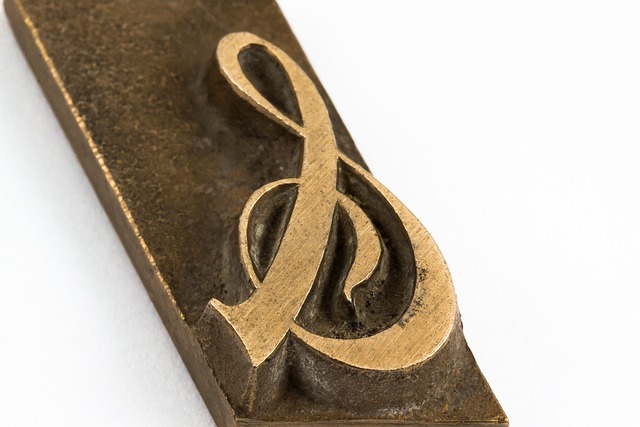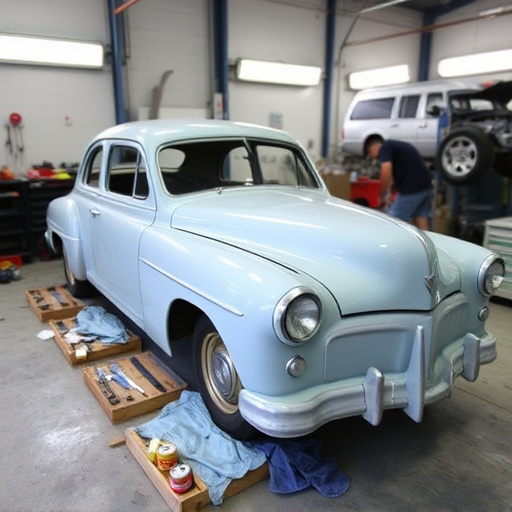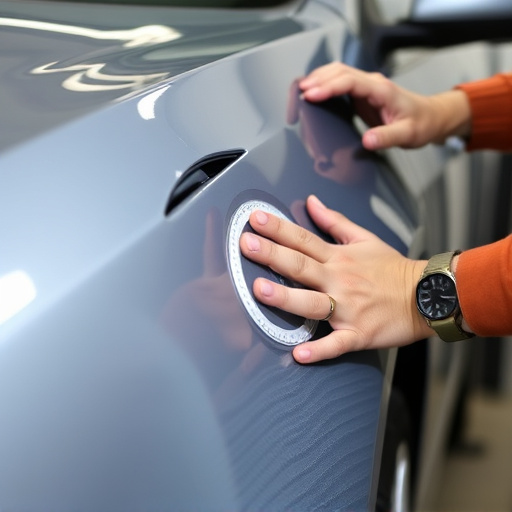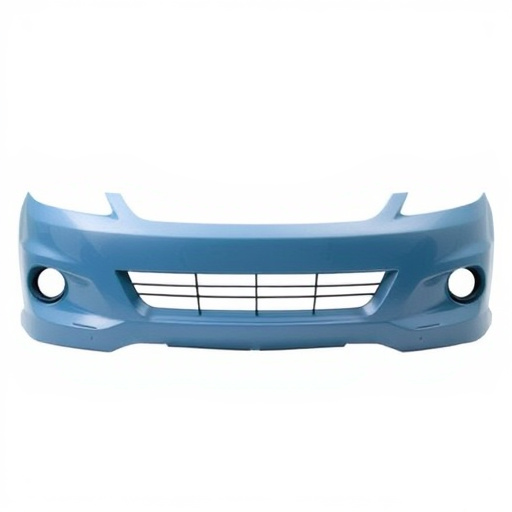Panel alignment procedures are vital for auto glass replacement and frame straightening, ensuring structural integrity, customer satisfaction, and safe driving. Accurate alignment prevents cosmetic flaws, streamlines repairs, saves resources, builds trust, and enhances vehicle aesthetics. Best practices include advanced technician training, tool calibration, and specialized software to achieve flawless execution and exceed customer expectations.
Panel Alignment Procedures are essential processes that ensure customer feedback accurately reflects their experiences. By aligning panels—whether survey respondents or focus groups—with target demographics and preferences, businesses gain reliable insights for informed decision-making. This article delves into the core of these procedures, exploring their profound impact on enhancing customer satisfaction through tailored strategies. We’ll also uncover best practices to guarantee effective implementation, ultimately driving business growth.
- Understanding Panel Alignment Procedures
- Impact on Customer Satisfaction
- Best Practices for Effective Implementation
Understanding Panel Alignment Procedures
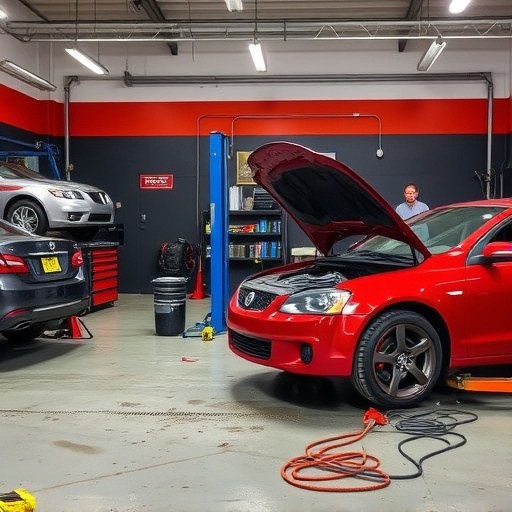
Panel alignment procedures are essential techniques used in vehicle repair, particularly for auto glass repair and frame straightening. It involves meticulously adjusting and realigning various components of a vehicle’s body to ensure they are precisely in their original positions. This meticulous process is crucial for restoring the structural integrity and aesthetic appeal of the vehicle.
Effective panel alignment ensures that all panels, including doors, hoods, and fenders, fit perfectly together, creating a seamless exterior. In the context of auto glass repair, precise alignment guarantees that windows are level and secure, enhancing safety and customer satisfaction. Similarly, during frame straightening, aligning panels correctly helps maintain the vehicle’s overall stability and performance, which is vital for safe driving.
Impact on Customer Satisfaction
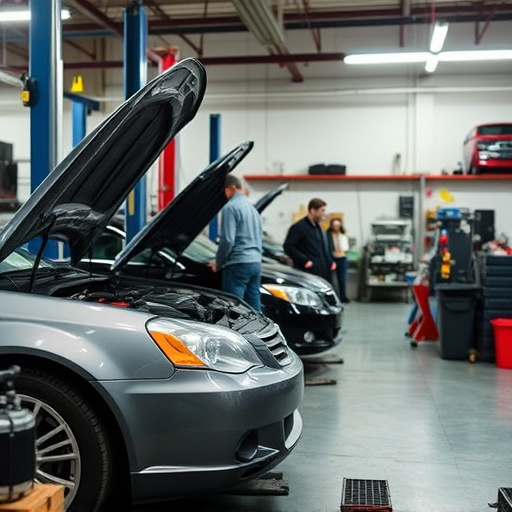
Effective panel alignment procedures are paramount in achieving customer satisfaction, especially when it comes to addressing cosmetic issues like scratches and dents on vehicle bodies. When performed correctly, these processes ensure that repaired areas are not only visually seamless but also structurally sound. This attention to detail significantly enhances the overall aesthetics of the vehicle, boosting customer confidence and satisfaction with the repair service.
Panels that are accurately aligned contribute to a flawless finish, preventing visible gaps or misalignments that could detract from the repair job. Moreover, proper alignment procedures streamline autobody repairs, saving time and resources for both the repair shop and the customer. Ultimately, these practices foster trust between businesses and their clients, solidifying the reputation of the repair shop as a reliable and professional service provider.
Best Practices for Effective Implementation
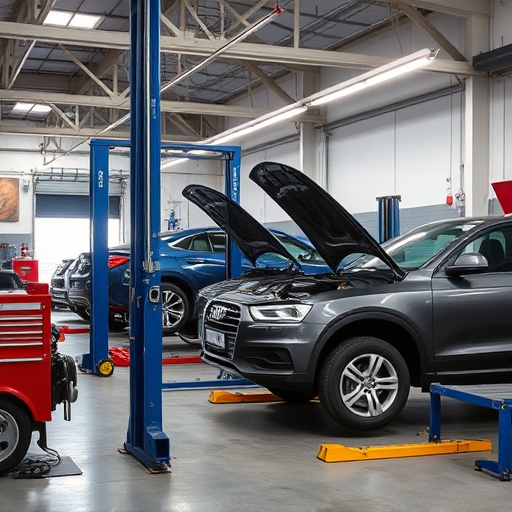
Implementing effective panel alignment procedures is a critical step in achieving exceptional customer satisfaction, especially within the realm of automotive aesthetics. To ensure success, service providers should adopt best practices that streamline the process and maintain high standards. This includes investing in advanced training for technicians, who should be adept at handling various car paint services and luxury vehicle repair tasks with precision.
Regular calibration of alignment tools and equipment is vital to guarantee accuracy. Additionally, utilizing specialized software designed for panel alignment can enhance efficiency and reduce human error. When addressing car scratch repairs or other aesthetic issues, a systematic approach ensures that each step in the alignment process is executed flawlessly, resulting in seamless integration and a visually appealing finish that meets—if not exceeds—customer expectations.
Panel alignment procedures are a powerful tool to enhance customer satisfaction. By ensuring that all components of a service or product work in harmony, businesses can deliver consistent and high-quality experiences. Understanding these procedures, their impact on customer interactions, and implementing best practices will not only foster loyalty but also drive business growth. Optimizing panel alignment is a key strategy for any organization aiming to excel in customer satisfaction.
